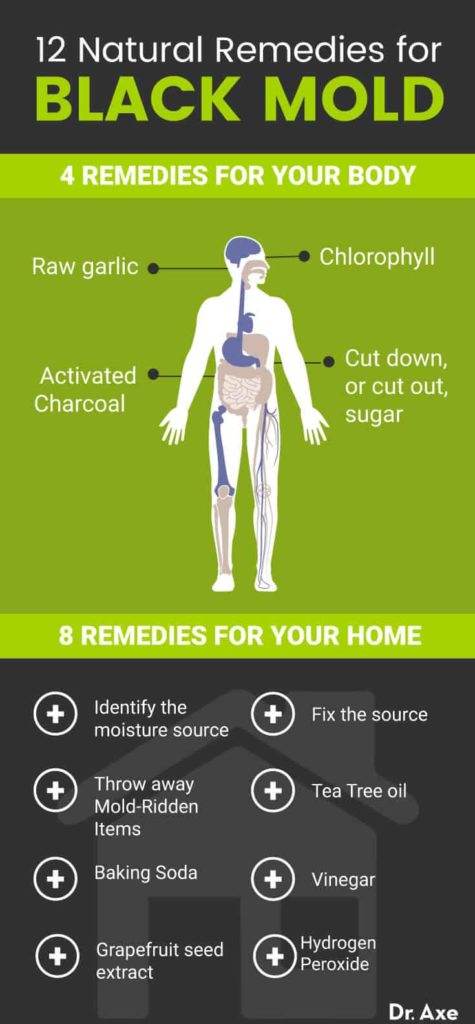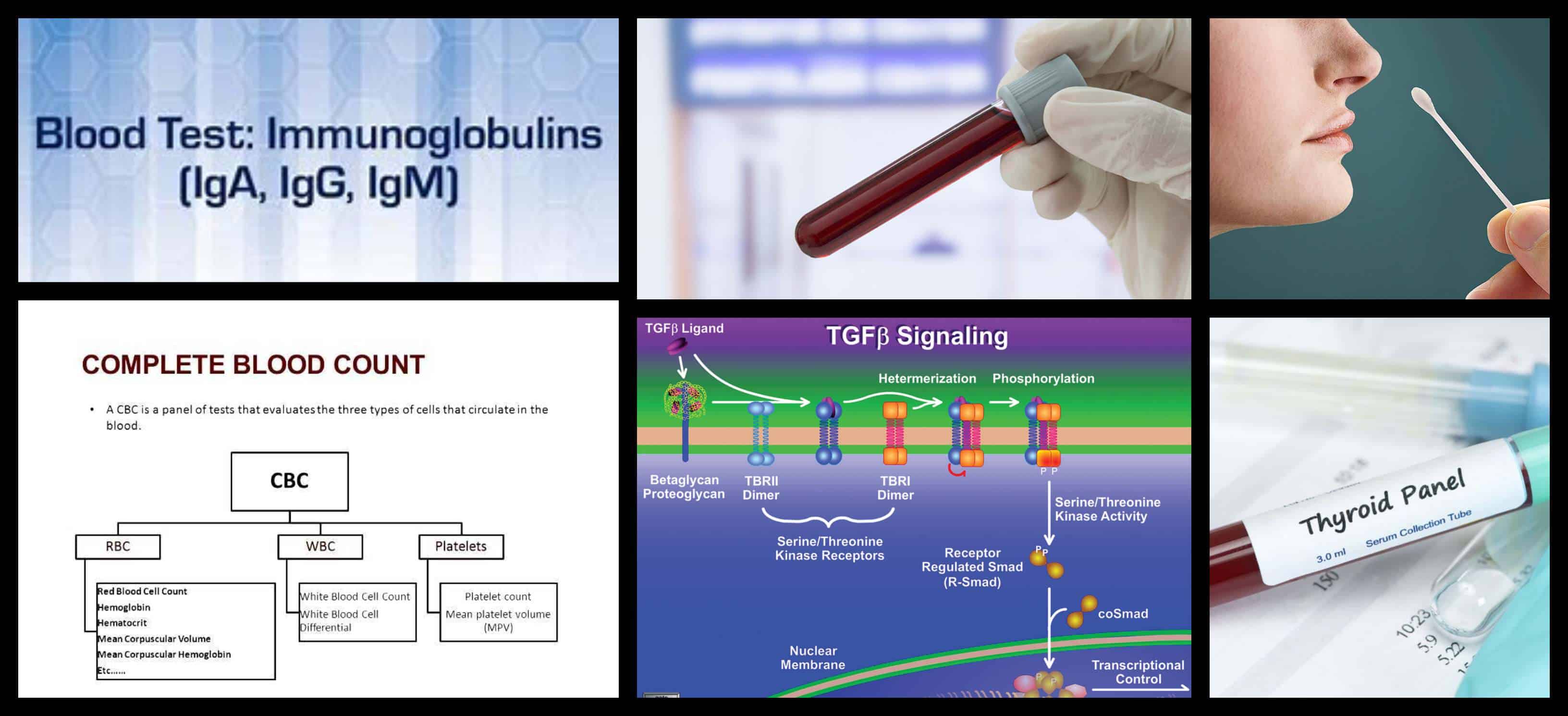Table Of Content

You can’t always tell the difference between types of mold without testing. Fortunately, you don’t need to know the type of mold to get rid of it. Mold growth, which often looks like spots, can be many different colors, and can smell musty. Any mold should be removed and the moisture source that helped it grow should be removed. Certain molds are toxigenic, meaning they can produce toxins (specifically “mycotoxins”).
Mold inspection and testing in Southwest Florida, an inside look at the process - Wink News
Mold inspection and testing in Southwest Florida, an inside look at the process.
Posted: Tue, 31 Jan 2023 08:00:00 GMT [source]
What helps with mold-induced nasal and sinus symptoms?
DIY mold testing kits are usually less expensive than professional testing, ranging from $10 to $150. However, the accuracy of these kits may not be as reliable as professional testing, and the results may not be as comprehensive. Mold can grow in your home no matter where you live, although it’s most likely to grow in warm, humid environments. To test your home for mold, you can use a mold-inspection kit, or contact mold-detecting professionals to examine problem areas in your home.
Prevention
It is only when we are inside a confined area that their unique smell hits. If left unchecked, the mold will continue to grow, and long term exposure can cause significant breathing issues. It is most often found in areas of higher moisture, particularly in those that have been cleaned after flooding. Homeowners will want to look for round patches growing together; some may be smaller than an inch, with others being much larger. They can use a black mold test or schedule an inspection to verify if black mold is present. After 2 days have passed, the homeowner can check the petri dish for signs of mold growth.
Other Symptoms of Mold Exposure
Furthermore, no evidence links black molds, including Stachybotrys chartarum, to particular health conditions. If you find mold, try scrubbing it with a mold-killing cleaner like bleach or borax. For delicate surfaces, you can use dish soap or diluted white vinegar. Unfortunately, you may not be able to remove mold from porous surfaces, and they may need to be replaced.

How to test for black mold
Our prompt and effective service addressed the mold at its source, restoring the couple’s home to a safe and comfortable environment. The ideal environment for mold and mildew to grow is in damp areas such as the bathroom. One of the biggest problems with mold is that it’s not always visible, so let’s talk about it. In this step-by-step guide, we’ll cover how to check for mold in your house and provide you with practical tips on how to prevent and address this common problem.
How to Test for Black Mold

Our professional mold inspectors have the experience and equipment needed to accurately detect mold growth and identify the type of mold present. Keep in mind that the testing fee for each sample is $39, and you’ll also pay the cost of shipping the samples to the AIHA-accredited (American Industrial Hygiene Association) lab. You will receive color-coded lab results indicating which types of mold are present in the samples, along with their relative concentration levels (normal, slightly elevated, or elevated). Notably, you can reuse the air pump for future mold testing, as well.
However, as we have already mentioned, mold is not always visible and it can be difficult to identify where it may be “thriving”. If you suspect the presence of mold in one or more rooms and are wondering, “How to test for mold in the house? The report should also indicate the level of mold growth in your home, usually measured in spores per cubic meter of air. High levels of mold growth can indicate a serious mold problem that requires immediate attention. The cost of mold testing can vary depending on the type of test and the extent of the testing required. Professional mold testing can cost anywhere from $300 to $600, with some tests costing up to $1,000 or more.
However, being a conduit for airflow, it can unwittingly become a transporter for mold spores. If mold growth is within the ductwork or in any part of the HVAC system, these spores can be dispersed throughout the home every time the system is on. But, if you do find mold in the dish, our experts recommend sending the sample to a lab for further testing to determine the type. This might take several days to receive the results, but it’s worth it to know exactly what you’re dealing with.
How Much Does Mold Remediation Cost?
However, there's a gray area on the accuracy you can expect from these products. To be on the safe side, homeowners will want to have mold growth identified, treated, and removed quickly. Below are some of the more common types of mold that can be found in a home. In accordance with your mold testing kit’s instructions, collect the airborne samples in the room. While the test is in progress, seal off the door and window with painter’s tape.
That being said, the symptoms can vary, making it challenging to pinpoint mold as the cause. If you suspect that presence of mold in your home is the culprit for the negative health outcomes your child is exhibiting, it’s always best to consult a physician. But before we can talk about the types of mold, how to get rid of it, and how to prevent it from returning, we need to first understand mold at a basic level. Exposure to a large amount of mold can sometimes cause a more serious reaction known as hypersensitivitypneumonitis. This type of exposure is usually due to occupational or workplace hazards rather than from exposure to mold in your home. Some researchers have also found that high levels of mold in homes may be a risk factor of asthma in school aged children.
If you think your health is being affected by mold exposure, speak with a doctor or allergist. Keeping clear of mold is the best way to prevent it from triggering your asthma or allergies. People with weakened immune systems are also at a higher risk of fungal infections in general, which can include lung infections due to molds. Learn the effects of mold exposure, treatment options, and steps you can take to reduce mold in your home. “Black mold” refers to several species of mold that have a dark green or black appearance.
However, if you or your family is experiencing symptoms of mold exposure, such as allergies or respiratory problems, it’s important to take the necessary steps to address mold growth in your home. Surface sampling involves collecting samples from surfaces in your home, such as walls, floors, and furniture, and analyzing them for the presence of mold. Surface sampling can identify the mold type present and the mold growth extent.
It prefers to grow in dark, damp locations, like basements, attics and under sinks or appliances, and on material with a high cellulose content, like wood, drywall, paper or insulation. After all, they have had several million years to evolve into an organism that survives where most other things die and are actually necessary to decomposition. That being said, we can mitigate them propagating inside our homes. The main thing to watch for is signs of wet spots; if you have a leak that saturates the drywall, be sure to remove all the wet or damp drywall around that area.

No comments:
Post a Comment